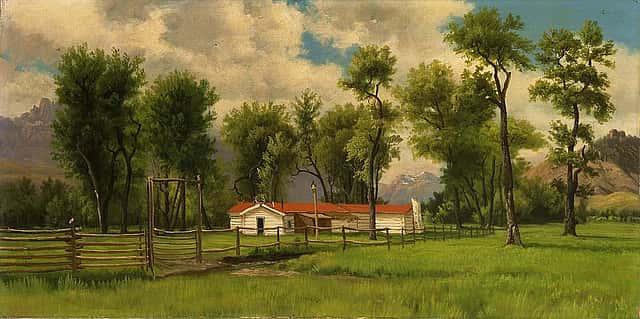
The TE Ranch in American Memory
A Window into the West
Just outside the Coe Auditorium at the Buffalo Bill Center of the West hangs an iconic painting that offers a visual gateway into Cody, Wyoming’s rich historical narrative. During a summertime visit to Cody, artist Henry Howard Bagg stayed at William F. Cody’s TE Ranch along the South Fork of the Shoshone River. Inspired by the rugged and remote mountain setting, Bagg later produced this classic painting of the now-historic ranch, one that ultimately led Buffalo Bill himself to start collecting Bagg’s work. The painting, acquired by the Whitney Western Art Museum from Buffalo Bill’s grandchildren—Fred H. Garlow, William Joseph Garlow, and Mrs. Jane Cody Garlow Mallehan—blends realism, tonalism, and luminism along with nuanced color and light to create an evocative pastoral scene well suited to the TE Ranch.

Artist in the Making
Understanding Bagg’s background offers valuable context for appreciating the artistic and historical resonance of his depiction of the TE Ranch. Historians know little about Henry Howard Bagg’s early life, save that his mother encouraged his art education where they lived in Northern Illinois. Born in 1853, sources report that Bagg’s father worked as a country doctor and his mom served as a teacher in a seminary for girls. Later in life, Bagg studied formally under the auspices of Professor Martin Woodruff in Aurora, Illinois.
Bringing Art to the Plains
In 1889, Bagg relocated to Nebraska with the noble intent of delivering culture and art to the Plains region. In Nebraska, Bagg taught art on the collegiate level, helping to bridge the frontier gap by introducing professional art instruction and cultural enrichment to nascent Nebraska communities at a time when few formal artists ventured west of the Mississippi River. Many consider Bagg the most prominent pioneer artist of his era because he linked the “explorer” artists, such as Thomas Moran and William Jackson, with the “education” artists including himself and Swedish born painter Birger Sandzén. Typically working from photographs, Bagg found inspiration in Western landscapes, frequently painting mountain vistas, rivers, lakes, and grazing cattle.
Buffalo Bill on the South Fork
As Bagg introduced art to the Plains, Buffalo Bill expanded his frontier presence through the TE Ranch, founding it in 1895 along the South Fork of the Shoshone River. Many sources speculate that “TE” may represent the original cattle brand that ranchers used before Cody purchased the ranch. Within a few years, Cody developed the ranch into about 8,000 sprawling acres boasting 1,000 head of cattle. The original settler of the ranch, Bob Burns, built a rustic white house now considered the heart of the ranch and a classic example of late 19th century ranch headquarters with a distinctly Western aesthetic. In 1973, the National Register of Historic Places added the TE Ranch to its records, cementing its historical, architectural, and cultural significance in the American West.
From Cattle to Tourism
By 1910, Buffalo Bill began transforming the TE Ranch into a destination for well-to-do easterners drawn to the romance of the frontier by offering pack mule trips, big game hunts, and high-profile entertaining of dignitaries and the like—sort of a precursor to what later became known as the Dude Ranch. By 1917, the year of Cody’s death, the once-expansive ranch had diminished to just 4,000 acres and a modest herd of 500 cattle. Since Cody’s death, the TE Ranch has changed hands about five times. In 1972, Coca-Cola executive Charles Duncan acquired the ranch, and it remains under ownership of the Duncan family to this day.
Legacy of the TE Ranch
The TE Ranch embodies a Western duality: the practical challenges of frontier life and the evolving identity of the West, marking a transition from working cattle operations to early Western tourism. Through the brush of Henry Baggs, we can experience a symbol of the West in transition and appreciate the link between authentic ranching culture and the early commodification of the Western experience in Wyoming.
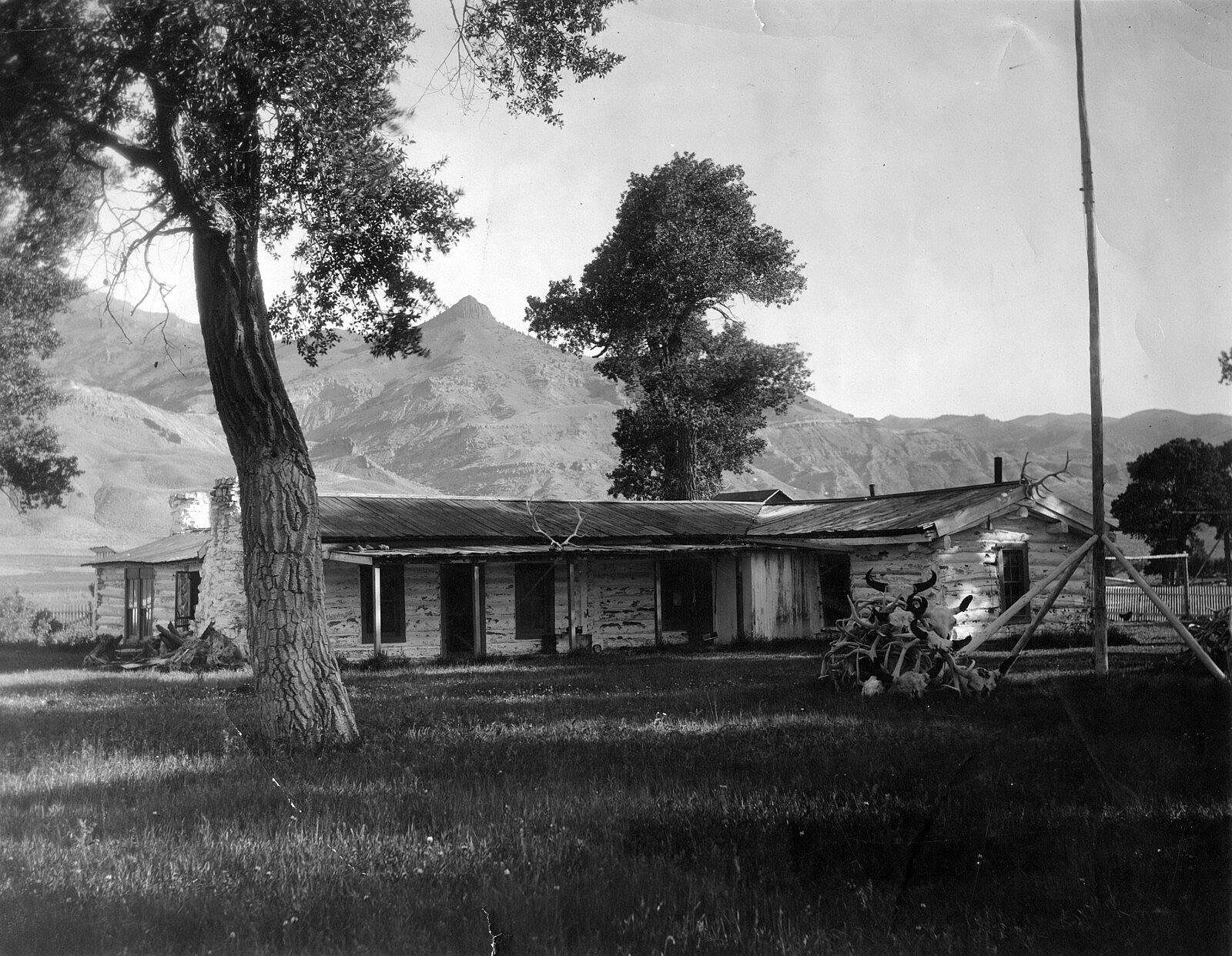
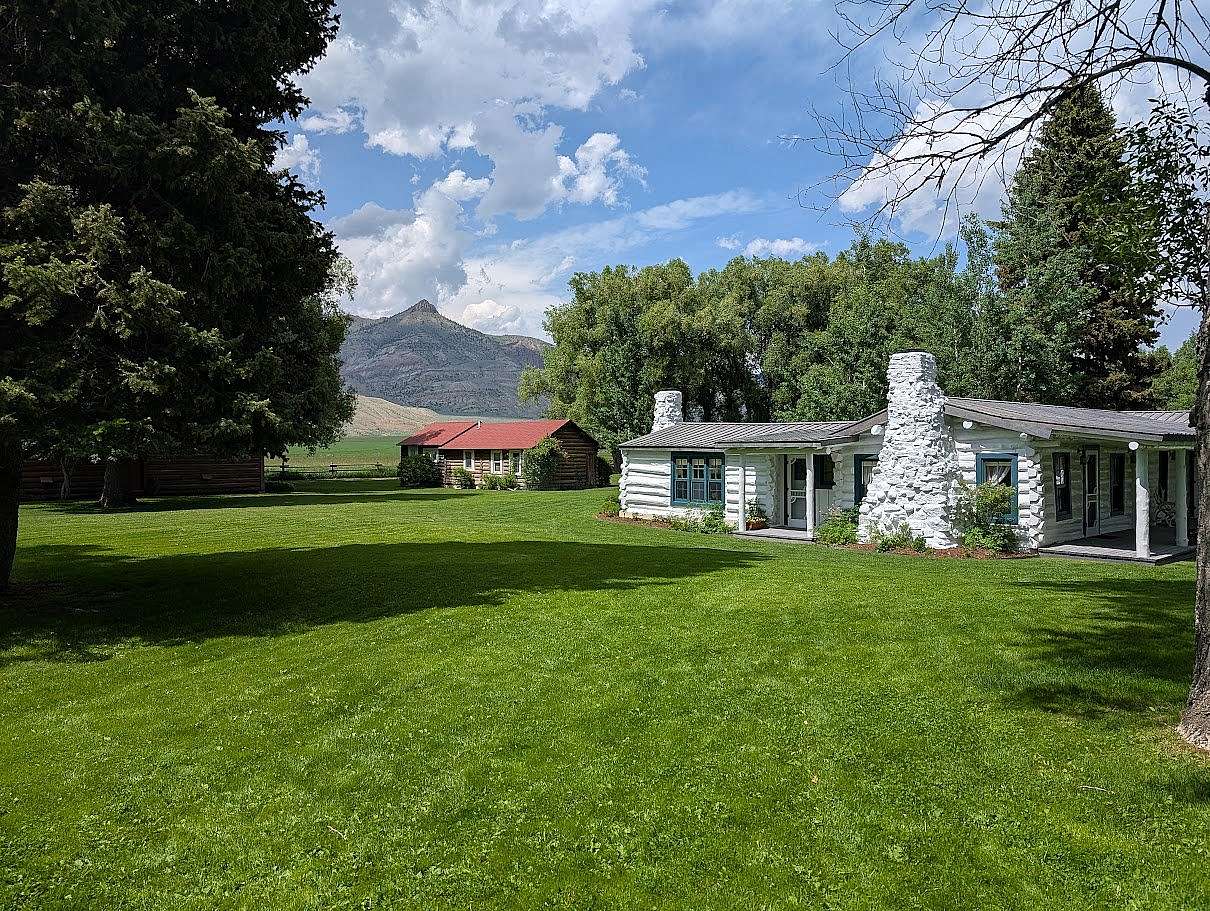

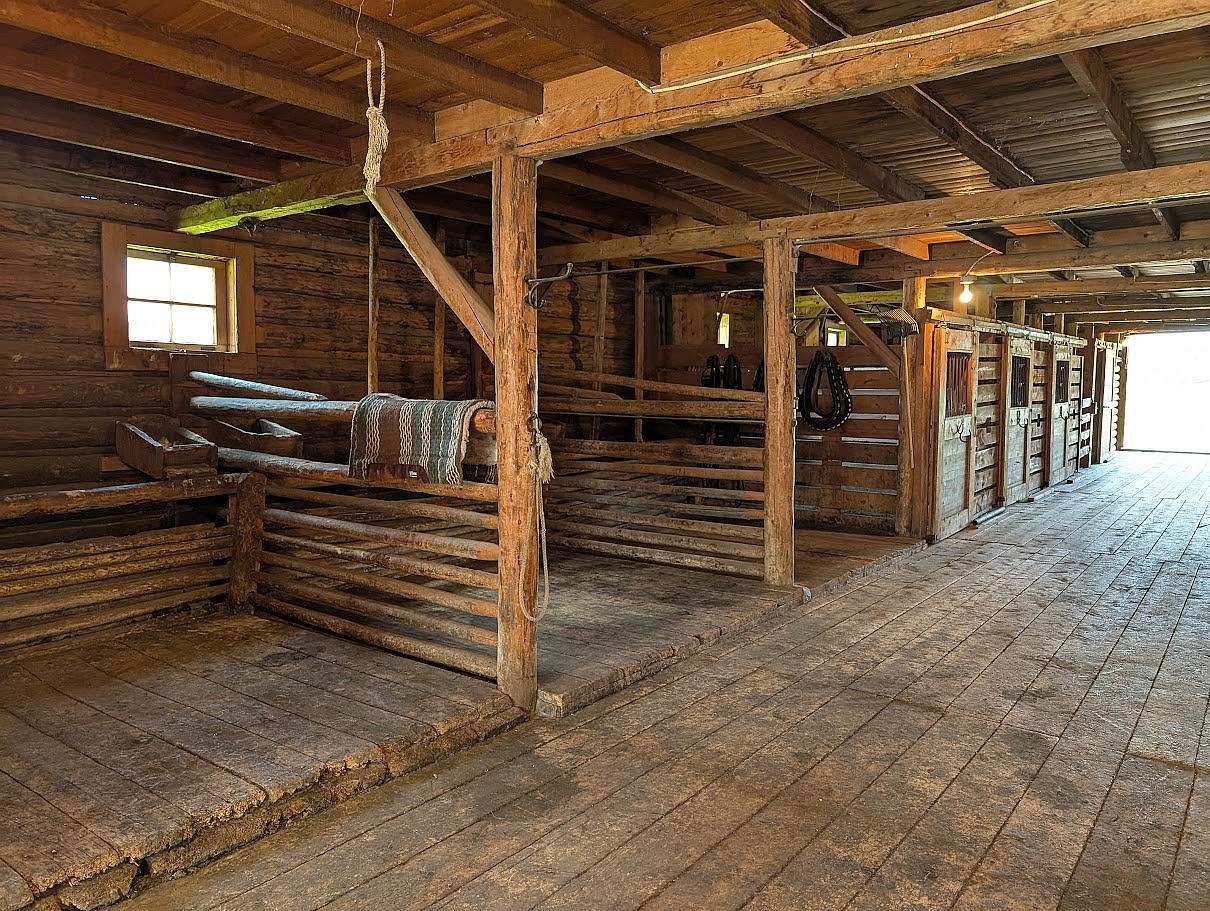
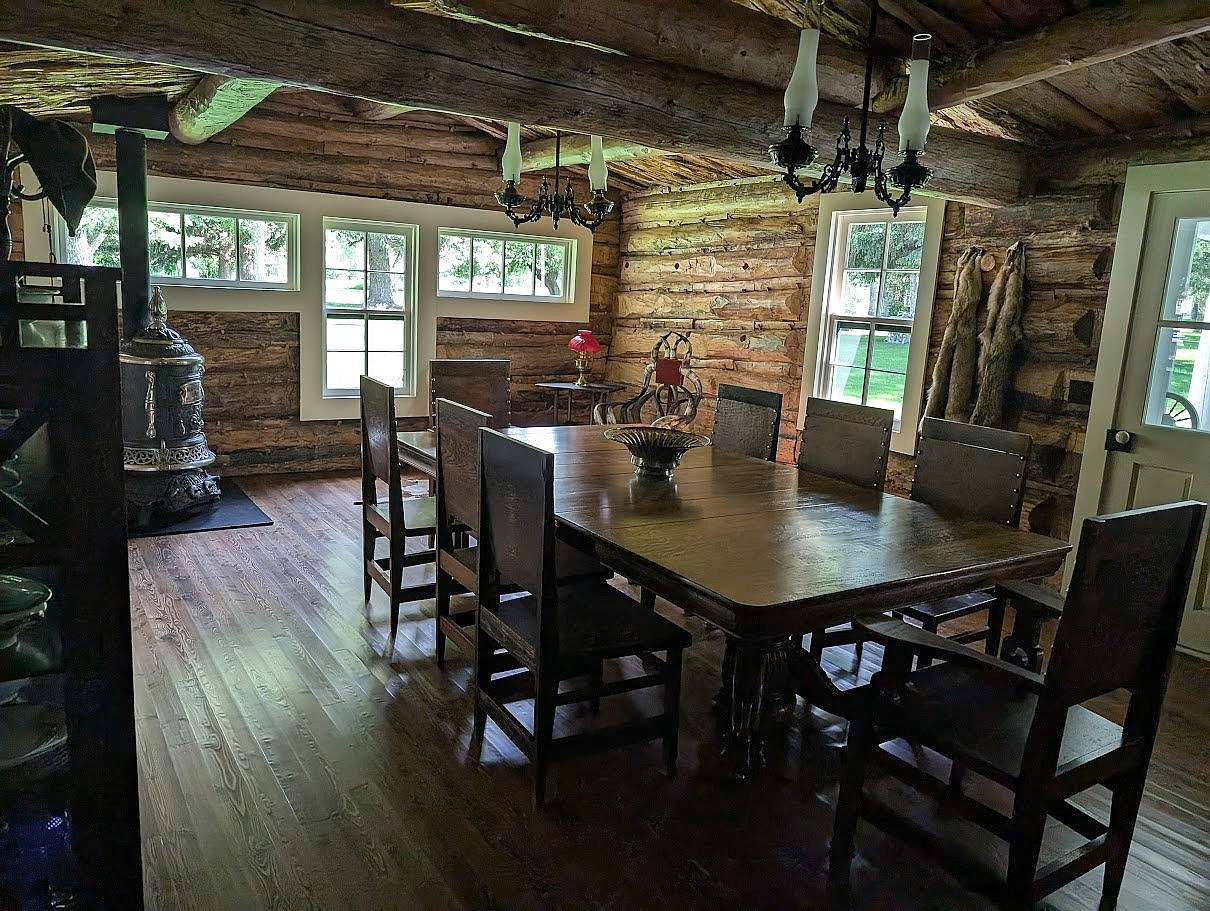

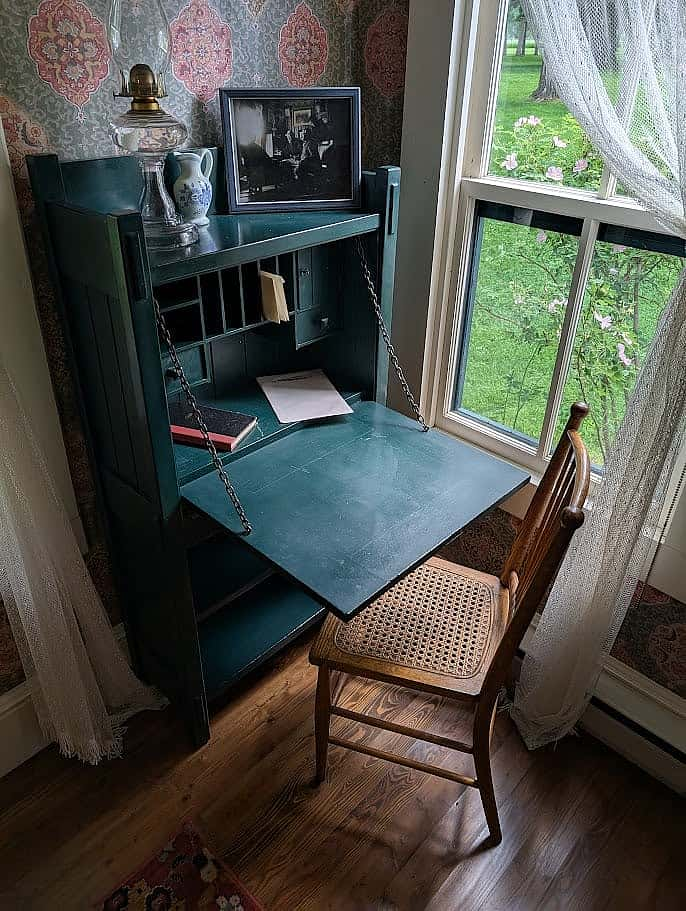
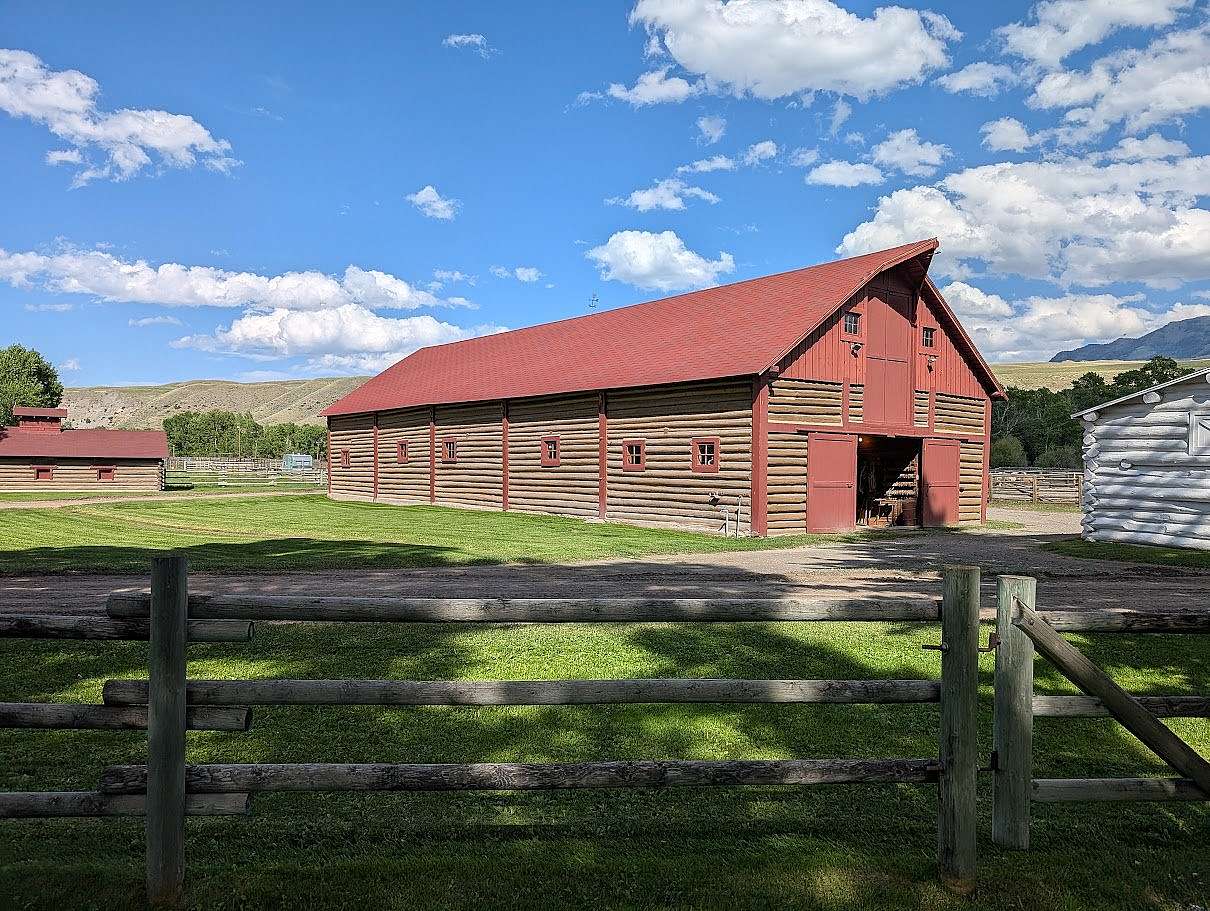
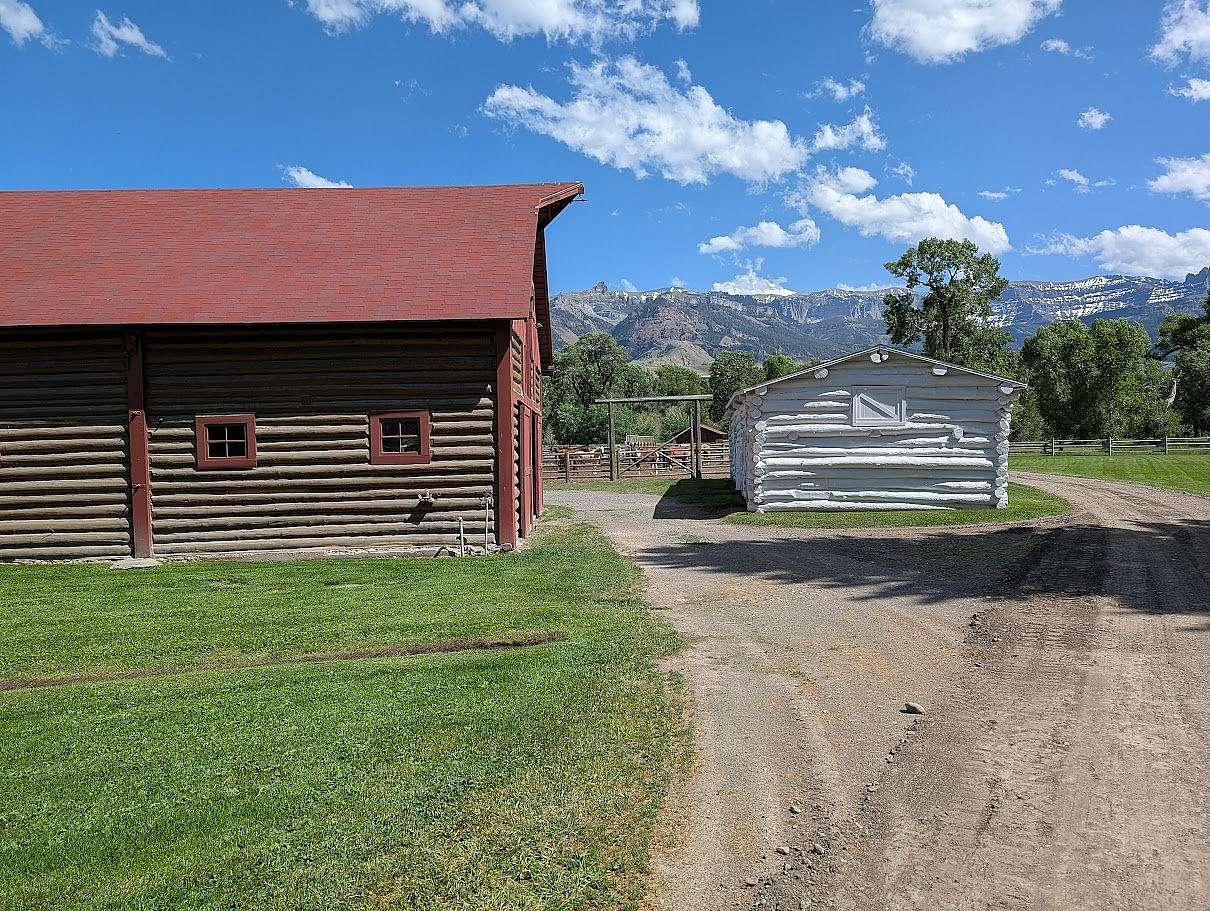
Written By
Jane Gilvary
Jane Gilvary is a Content Specialist in the Public Relations Department at the Center of the West. She writes and manages web content and serves as editor of the Center’s monthly e-newsletter, Western Wire. Outside of work, Jane enjoys exploring Wyoming’s backcountry and discovering its hidden treasures.
